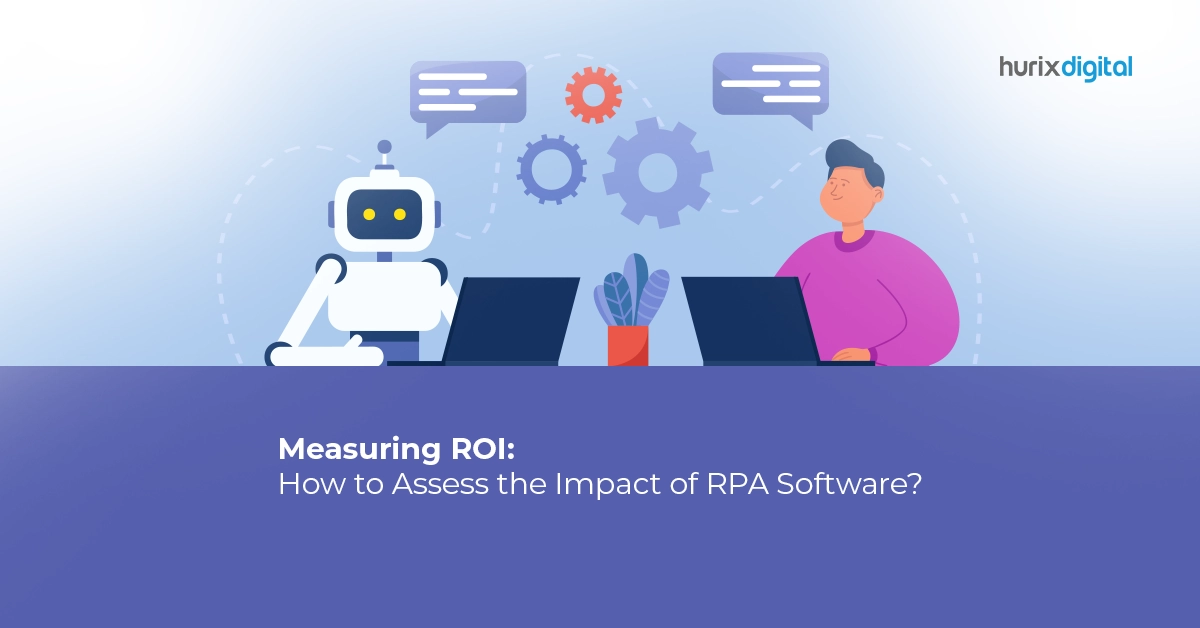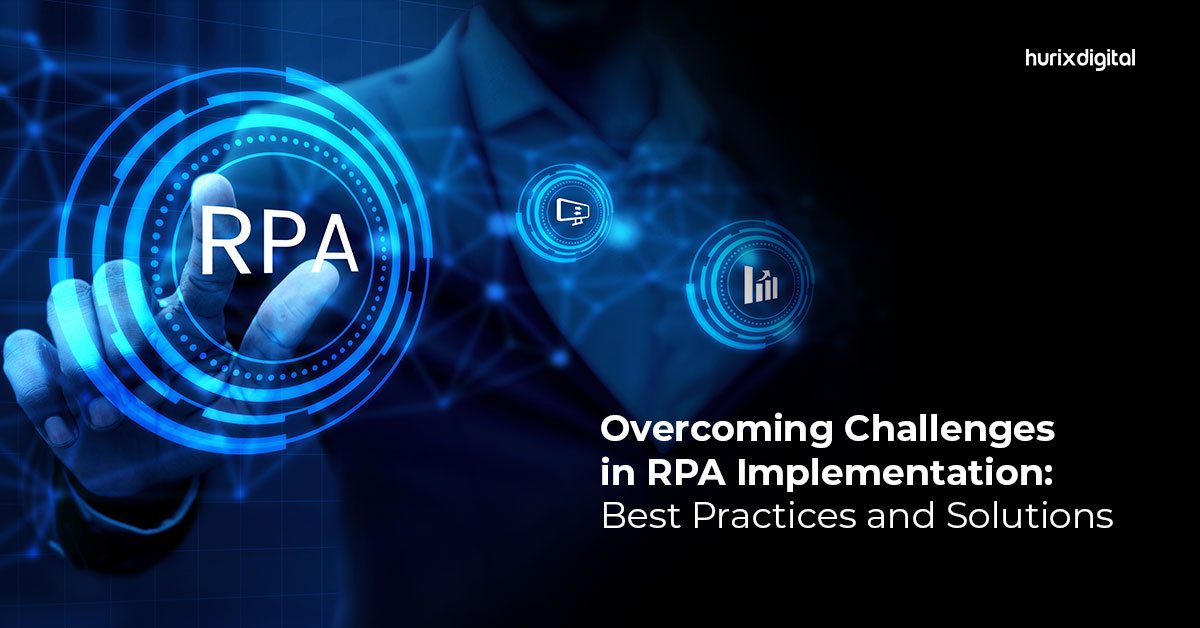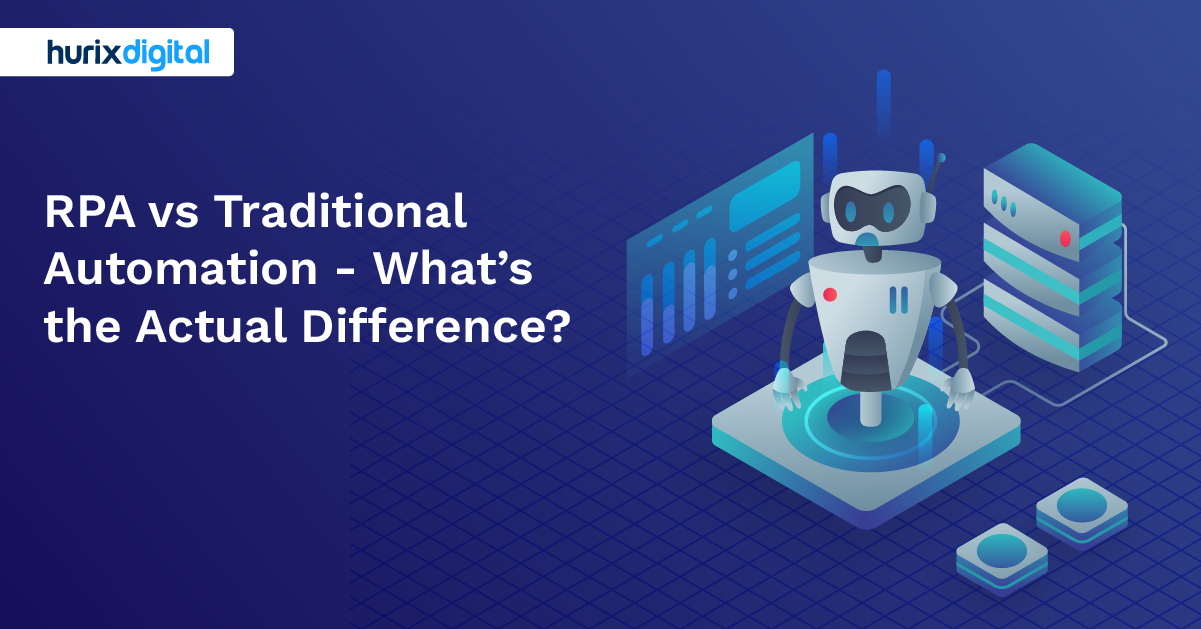
Four ROI Metrics to Quantify Your RPA Software Success
Summary
Discover four key metrics for measuring the return on investment (ROI) of Robotic Process Automation (RPA) software to assess its impact and effectiveness.
Robotic Process Automation or RPA tools are software applications designed to automate repetitive, rule-based tasks, such as data entry, invoice processing, or email handling. A recent study by Gartner shows that effective implementation of Robotic Process Automation (RPA) has the potential to spare finance departments 25,000 hours of unnecessary work annually, equating to 625 workweeks.
By using RPA software, businesses can not only save time but reduce errors and improve efficiency. However, the important question remains: how can one quantify the return on investment (ROI) of RPA tools employed and justify their adoption?
On that note, let’s explore a set of steps and metrics that will help in evaluating the worth of RPA tools for your business.
Table of Contents:
- Why Measuring ROI Matters in RPA?
- What are the Three Primary Phases of ROI for RPA?
- What are the Four Ways to Measure the ROI of an RPA Deployment?
- Summing Up
Why Measuring ROI Matters in RPA?
ROI, or “Return on Investment,” is a percentage-based measure of a project’s expected returns. It is a critical tool for evaluating the impact of RPA investment with real data. Understanding the Return on Investment(ROI) of your RPA initiative allows you to:
- Justify the initial investment in Robotic Process Automation (RPA) to business executives with data-driven evidence
- Make strategic decisions about the technology during the planning phase
- Strategically plan and garner support for subsequent investments, such as expanding your RPA automation program
- Scale and improve your RPA solution for better results
- Feel confident that your RPA software is performing at peak efficiency and delivering optimal value to your business
Hence, it is crucial to realize that measuring ROI isn’t merely a concluding step at the end of your RPA journey. Your goal is to achieve a successful RPA implementation that consistently generates returns over time. For that to happen, you must make ROI a prime focus during planning, implementation, and governance.
Also Read: RPA Tools and Platforms: A Comprehensive Comparison
What are the Three Primary Phases of ROI for RPA?
Estimating the return for Robotic Process Automation (RPA) is a multifaceted process that unfolds in distinct phases. The process of using ROI as a benchmark can be broken down into three primary stages:
- Pre-Implementation phase: Before actual implementation, project managers can leverage ROI data and parameters (gathered from prior implementations) to create a strong case for RPA adoption.
- Implementation phase: As the RPA implementation project progresses, organizations must collect and analyze ROI data, including customer experience. This not only helps validate initial assumptions but also pinpoints areas in need of improvement.
- Ongoing phase: As RPA technology continues to evolve, it has been applied to a growing number of business processes. Thus, companies should keep a close eye on the return on investment (ROI) of RPA implementation and seek out more functions where automation may be advantageous.
Now that we know the three phases of ROI measurement, the question remains: how can we calculate the ROI of any RPA automation program?
What are the Four Ways to Measure the ROI of an RPA Deployment?
In simple terms, one can calculate the ROI of a project by dividing the net benefits/profits (minus costs) by its total cost, as outlined in Forrester’s Total Economic Impact Approach.
But we must go beyond a simple calculation because RPA products have many moving pieces and nuances. To calculate ROI for more meaningful assessments, take into account the following five success metrics:
1. Process Velocity
Estimating process speed is one of the most vital metrics to measure the ROI of your RPA deployment, especially for back-office processes. To evaluate the overall increase in process velocity, it is important to measure the total time taken from input to output after the bots are deployed to complete a certain task.
A study conducted by Sutherland on its RPA deployments showed an improvement of up to 110% in process speed.
Companies can also expect an improved level of service to customers because robots can handle processing that was previously done manually or across multiple systems. These jobs would normally take days to complete, but RPA can complete them in just a matter of a few hours.
2. Productivity
How much time do employees spend interacting with technology to complete a task? And how much has RPA cut down that time? On average, a successful RPA Implementation can reduce manual work by about 70% in most organizations.
Calculating how many FTEs (Full-Time Equivalent) were gained by automating a given process is one great way of determining productivity. Full-time equivalent, or FTE, is a unit of measurement used to indicate how many full-time hours employees work for a company.
For example, when you deploy RPA software for automation, replacing the manual work of four employees who would otherwise need to spend two hours a day carrying out the process, you would gain one FTE/daily.
Robots cut down the time required to complete repetitive jobs by humans. When it comes to digital labor, they outwork humans and bring scalability.
3. Quality/ Accuracy
This metric indicates the extent to which RPA software has decreased the need for corrections or eliminated errors in the process, resulting in increased accuracy. Quality costs encompass expenses related to averting, identifying, and fixing issues in the process. If an RPA automation program improves process quality, you need to be aware of the cost of error.
For instance, eliminating the frequency of small typing errors in a purchasing process can save money by removing the need for cross-checking and the number of slip orders being filled.
Measurement approaches may vary with companies; some gauge success by the reduction in rework, others by the cost of customer dissatisfaction.
4. Compliance
Can the robots ensure that the rules, laws, or regulations governing certain processes are being followed at all times? RPA software can be programmed to detect compliance issues and will always notify staff so that decisions can be made safely.
For example, in industries like banking, finance, and insurance, where specific compliance rules and three points of validation might be necessary, RPA with built-in compliance can be a crucial asset. Robots can act as vigilant gatekeepers, allowing nothing to pass a decision point unless the set compliance criteria are met, thereby eradicating human error and ensuring improved compliance.
Also Read: How RPAs are used for Business Automation?
Summing Up
There is no doubt that RPA solutions deliver operational efficiency with significant cost savings to organizations. However, businesses ready to embark upon their RPA journey must understand the critical performance indicators and associated costs to precisely calculate the return on Investment (ROI) of their RPA Automation Program.
A comprehensive grasp of the expected automation ROI empowers companies to make wise automation technology decisions and justify the investments to the stakeholders.
If you are looking to automate various key processes in your organization and bring efficiency to operations, Hurix Digital is here to assist. Our RPA automation technology is available via a one-time purchase (licensed version) and a flexible subscription model.
Reach out to us and kickstart your automation journey today!

Vice President – Digital Content Transformation. He is PMP, CSM, and CPACC certified and has 20+ years of experience in Project Management, Delivery Management, and managing the Offshore Development Centre (ODC).








